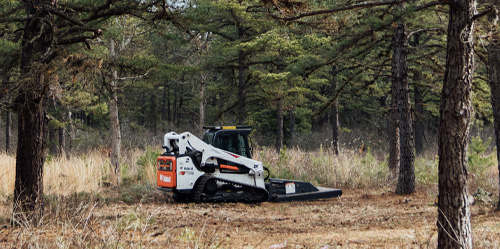Wildfire Hazard Mitigation
The reason for New Jersey’s continuing wildfire problems are many and varied. However, the major contributing factors or what could be termed the “Wildfire Equation” can be grouped into the two broad areas of hazard and risk.
Hazard + Risk = Wildfire
A hazard is what burns! The New Jersey Pinelands is a fire adapted ecological community that is one of the most hazardous wildland fuel types in the nation. Fuel loadings exceed twenty tons per acre in some locales. This has been equated to having over 1,300 gallons of gasoline per acre! Pinelands fires burn extremely hot and spread rapidly. Crown fires are fairly common, spreading from treetop to treetop, as is long range spotting where flying embers start new fires in advance of the main fire. The Warren Grove incident of May 2007 is documented to have rates of spread nearing 2.33 miles per hour, or over 200 feet per minute.
Risk is what causes the fire. New Jersey’s high population density has created land use pressures in which more people are moving from urban areas to build homes in rural wildland areas. With more people living in, and enjoying the state’s wildlands for various forms of recreation, the number of fire starts and the seriousness of their consequences increases. A potentially explosive combination is created when the factors of hazardous wildland fuels, interface home development, and an increased risk of human caused ignition come together under extreme fire weather conditions.
These conditions continue to challenge efforts to reduce the risk of devastating wildfires in New Jersey.
Mechanical fuel reduction utilizes machinery and equipment to reduce fuels around homes, businesses, and creates strategic fuel breaks. Fuel reduction thins the forest and vegetation and decreases the continuity of these fuels to allow for enhanced suppression. When mechanical fuel thinning creates a strategic fuel break, this provides a defensive location to stop a fire in a large, contiguous tract of vegetation. Mechanical fuel thinning helps replicate natures' natural disturbance before human settlement and utilizes environmental-friendly machinery with low ground pressure to reduce soil compaction.

A Forestry Mower used by Forest Fire Service staff to create a fuel break.
 Official Site of The State of New Jersey
Official Site of The State of New Jersey

